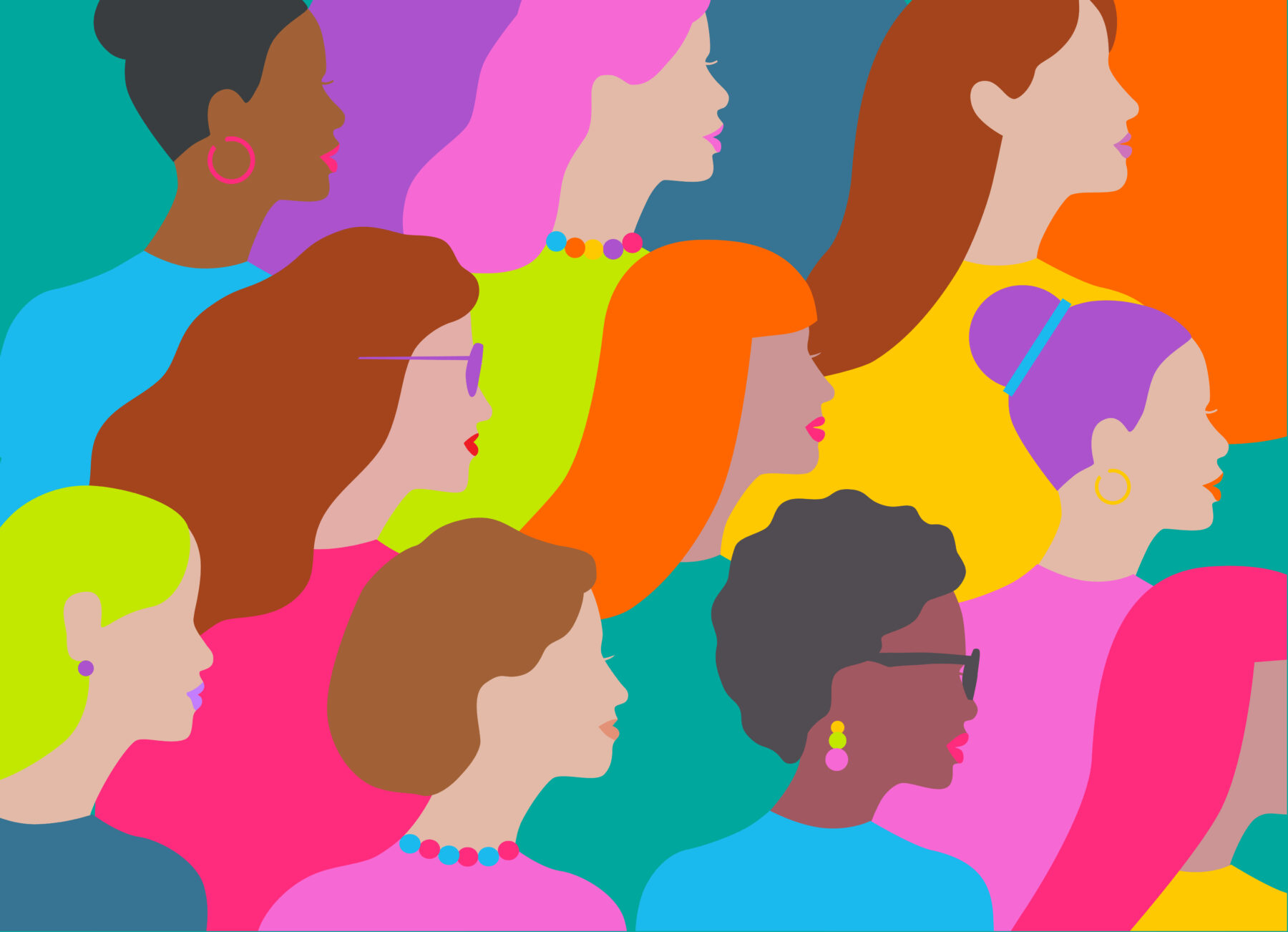
“As women achieve power, the barriers will fall. As society sees what women can do, as women see what women can do, there will be more women out there doing things, and we’ll all be better off for it.” — Ruth Bader Ginsburg
Every March, Women’s History Month offers a chance to amplify women’s stories, celebrate trailblazers and reflect on how far we’ve come and how far we still need to go to reach equality for all women. But recognition of women’s history doesn’t just begin and end this month; it’s important that we acknowledge the accomplishments and struggles of women all year round.
What turned into a whole month started off as one day set aside to celebrate women: International Women’s Day. It began as a protest by American socialists and suffragists in the early 1900s, followed by women in Europe who marched for equal pay and the right to vote. Then in 1978, a local California education task force dedicated a week to women’s history, coinciding with International Women’s Day, because it was topic not widely discussed in school curriculums. Two years later, President Jimmy Carter issued the first presidential proclamation officially declaring “Women’s History Week” and Congress eventually expanded the celebration to a month in 1987.
Even though more than half of the country’s population are women, women have historically been treated unequally in the workforce, in educational systems, in household labor expectations, in wage gap distribution and in relation to property rights. The fight for equal rights has been a centuries-long struggle for women in the U.S., and perhaps the first flashpoint of that struggle can be traced back to the mid-1800s during the first-known gathering for women’s rights, the Seneca Falls convention. This was a catalyst to the 1920 passing of the 19th amendment, ostensibly allowing women the right to vote. However, for Black, Indigenous and immigrant women, trying to vote meant facing violence, intimidation and racial discrimination until the Voting Rights Act of 1965 was passed. Today, voter suppression and state ID laws still exist as barriers for women of color and trans women. While the Senate passed the Equal Rights Amendment in 1972, guaranteeing equal legal rights regardless of sex, it was never ratified and added to the Constitution.
Over time, other key movements and moments pushed for more rights, like the 2004 March for Women’s Lives, which focused on reproductive health, birth control and abortion; the Women’s March of 2017 and 2020, which centered on women’s political power; and the #MeToo Movement, which pushed back against sexual assault and harassment. Landmark legislation like the Equal Pay Act; Title IX, prohibiting sex-based discrimination in schools; Title VII, which halted employment discrimination; and the Violence Against Women Act, protecting domestic violence victims, have helped advance women’s rights and power in American society.
Still, wins for women’s rights have not come without pushback. Fifty years ago, Roe v. Wade guaranteed Americans the right to an abortion. But last year, the Supreme Court overruled that decision, leaving it up to the states to decide, and now women in more than a dozen states no longer have unrestricted access to abortion. Then there is the lack of national paid maternity leave, which makes the U.S. the only rich country without nationally paid leave for families.
Because of these obstacles, there have always been women fighting for change — trailblazers like Sojourner Truth, the formerly enslaved activist who spoke out for abolition and women’s rights; Nina Otero-Warren, the voting rights activist and first Hispanic woman to run for Congress; Susan B. Anthony, the president of the National Woman Suffrage Association; Patsy Mink, the first woman of color and Asian American woman to serve in Congress; and Marie Louise Bottineau Baldwin, the Native American rights activist and suffragist. But just as important as the women of the past are the women of the now that continue to shatter the glass ceiling. Women like Kamala Harris, the first female vice president; Beyoncé, the first woman, and artist, to break the record for most Grammys won; and Lia Thomas, the first transgender woman to win an NCAA title.
From lawmakers to CEOs to teachers to small business owners, women are constantly breaking barriers. They’re showing up and forging paths that others have tried to block. Women’s history doesn’t only exist in the past tense — it’s happening today so the next generation of women can live in a more equitable society.


